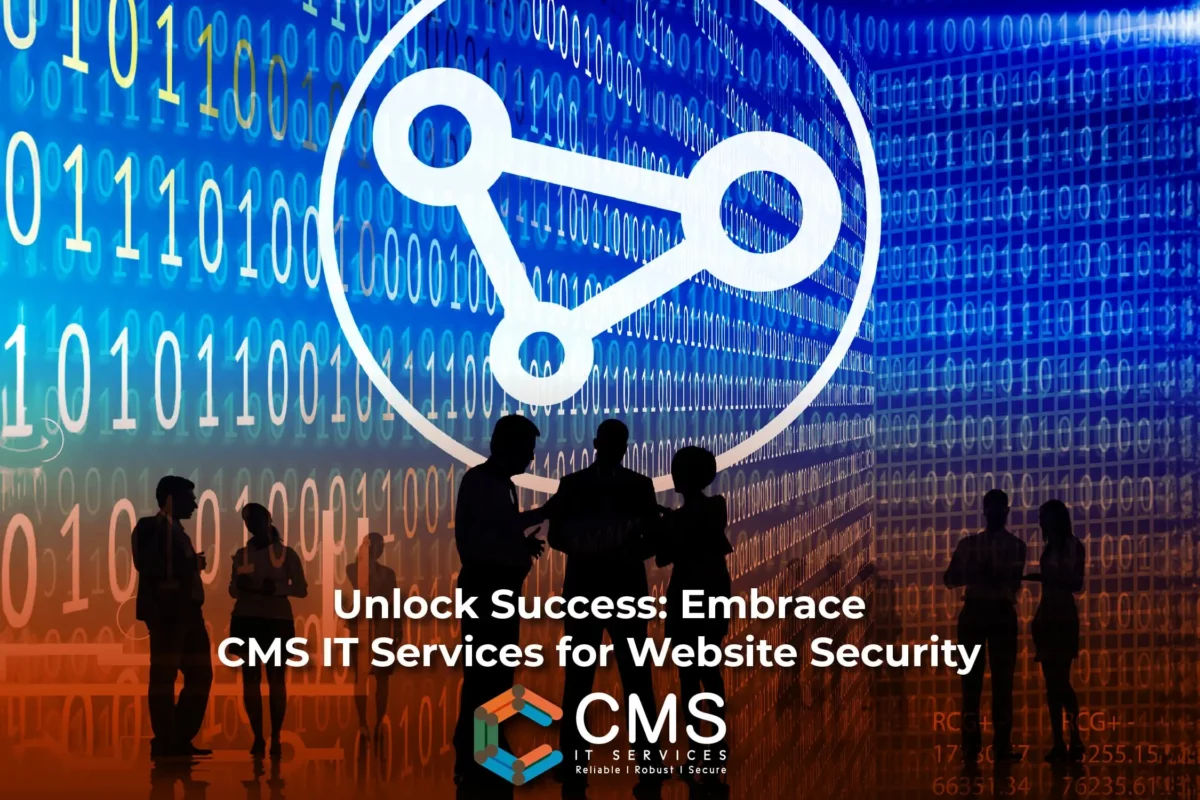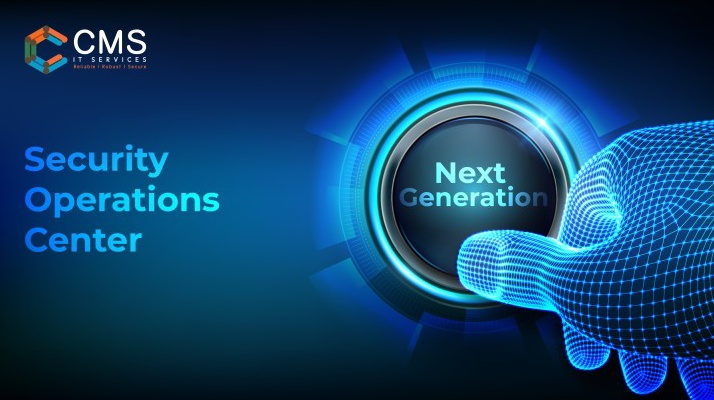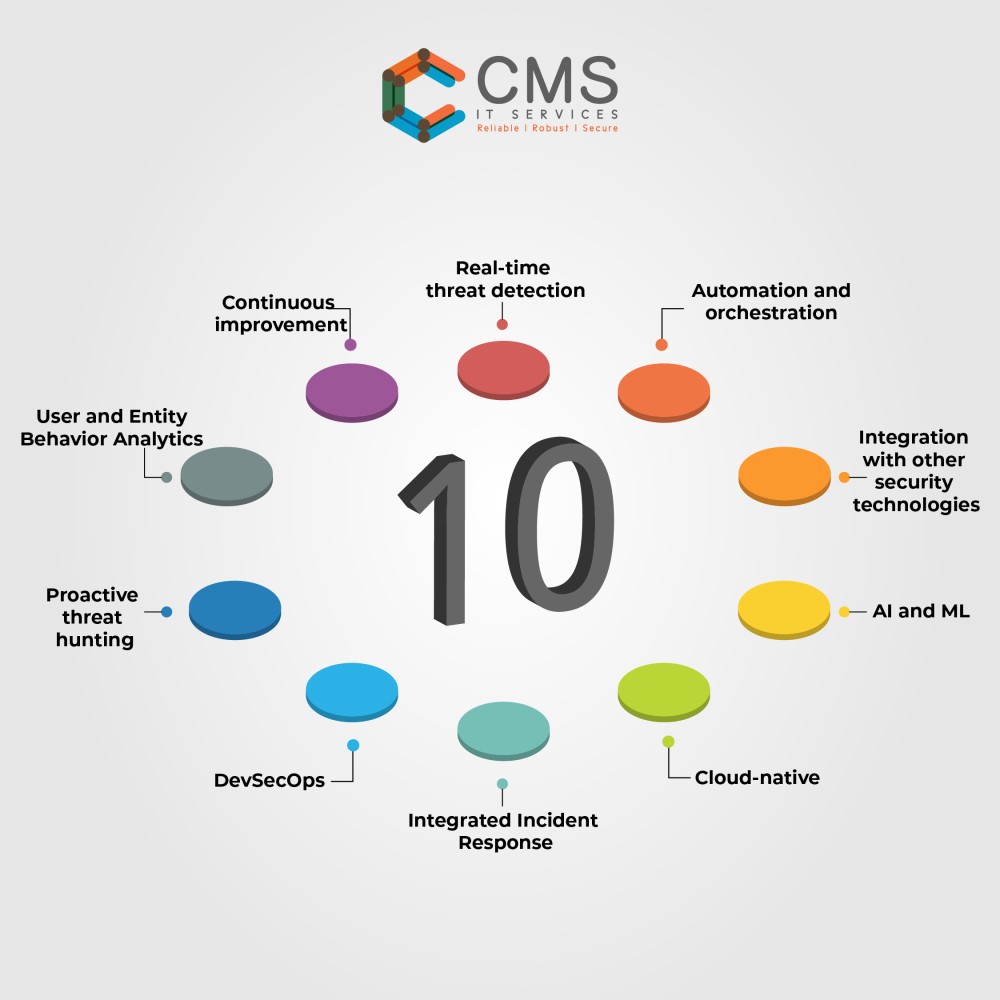Website security services: In the ever-evolving digital landscape, ensuring the security of your online presence is paramount. As businesses increasingly rely on their websites to connect with customers, the need for robust website security services is more critical than ever. This is where CMS IT Services emerges as your steadfast ally, fortifying your digital domain against potential threats.
Unveiling the Essence of Website Security Services
The cyber realm is teeming with adversaries seeking to exploit vulnerabilities in your digital infrastructure. Recognizing this, businesses are turning to comprehensive website security services to safeguard their sensitive data and maintain customer trust.
Why CMS IT Services Stands Out
In the vast ocean of IT service providers, CMS stands tall as a beacon of excellence. Specializing in website security services, CMS IT Services goes beyond conventional measures to provide a holistic approach to digital protection.
Cutting-Edge Solutions for a Dynamic Landscape
CMS IT Services leverages state-of-the-art technologies, ensuring that your website stays ahead of potential threats. From real-time monitoring to proactive threat detection, their solutions are designed to adapt and evolve with the ever-changing digital landscape.
Tailored Security Strategies
Recognizing that one size does not fit all, CMS crafts customized security strategies based on your business’s unique needs. This personalized approach ensures that every layer of your digital infrastructure is fortified, leaving no room for vulnerabilities.
Supporting Innovation and Security
At the core of CMS IT Services is a commitment to fostering innovation while maintaining unwavering security standards. This delicate balance is achieved through a meticulous blend of cutting-edge technology and strategic planning, ensuring that your business remains agile and protected.
The Heart of CMS: Innovation and Security in Harmony
CMS understands that innovation is the lifeblood of a successful business. The integration of their website security services with innovation initiatives seamlessly allows your business to explore new horizons without compromising on security.
Future-Proofing Your Business
In a rapidly advancing technological landscape, CMS IT Services is your guardian against future uncertainties. By implementing proactive security measures and staying ahead of emerging threats, CMS ensures that your business remains future-proof and resilient.
A Call to Action: Supporting the Cause
Today’s digital era cannot overstate the importance of robust website security services. CMS IT Services emerges as a stalwart defender of your digital assets, combining innovation with unwavering security protocols.
Elevate your business to new heights with CMS IT Services – where innovation meets security for unparalleled success.



